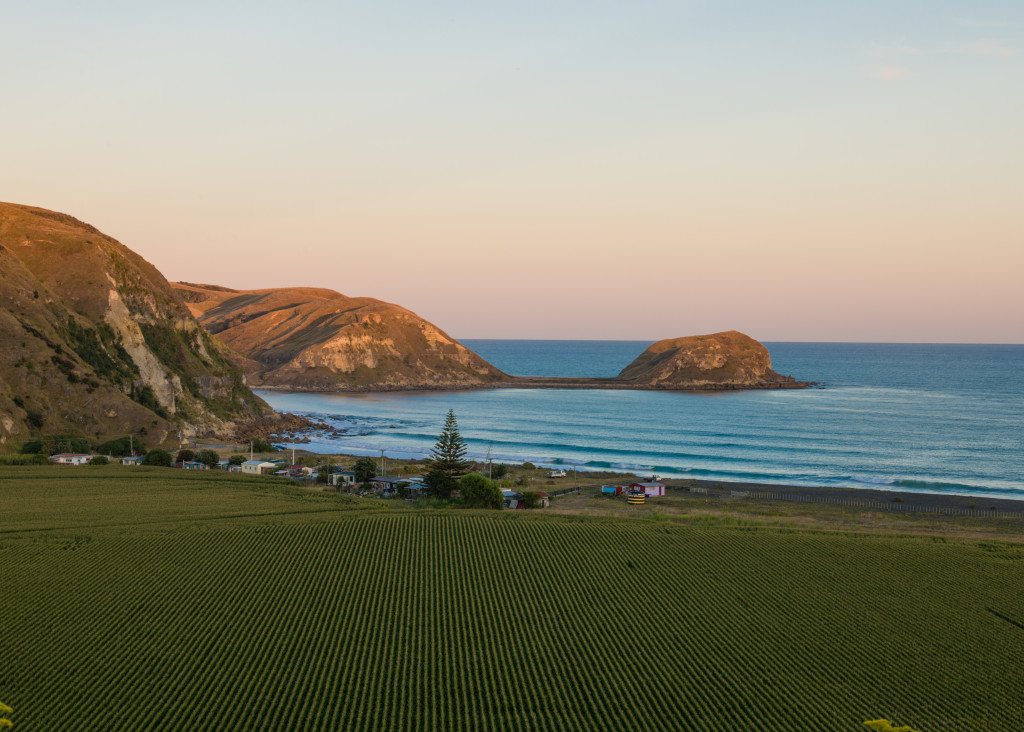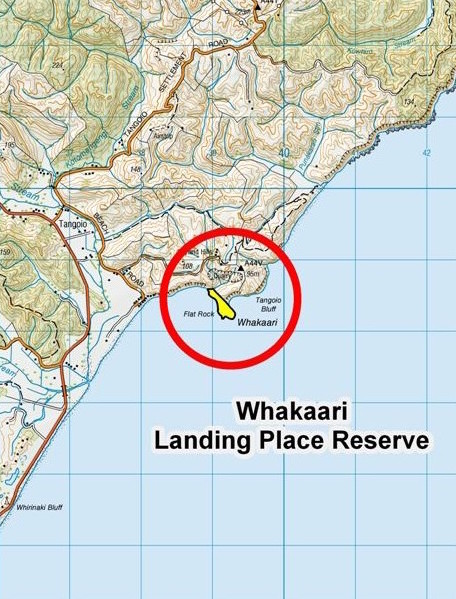On 18 January 2017, our Hapū of Maungaharuru – Tangitū will gift Whakaari Landing Place Reserve to the people of Aotearoa, New Zealand.
Whakaari is integral to the distinct identity and mana of Ngāti Marangatūhetaua (Ngāti Tū), including Ngāti Whakaari and Ngāi Te Ruruku (ki Tangoio). It is an iconic and significant pā (fortified village) of our Hapū. Whakaari is important because of its relationship with, and proximity to, Tangitū (the sea). Tangitū is vital to our Hapū and mauri (life force) is the basis of the spiritual relationship.
Whakaari is believed to have been named after our tipuna (ancestor) of the same name. Whakaari is a descendant of the Ngāti Tū chief Kohipipi. One day, while out in a waka (canoe), he was concerned about the increasingly stormy weather and decided to return to shore. Others in the waka did not want to return, so he swam ashore. He arrived at the headland, and so it was named after him. Whakaari’s descendants are known as ‘Ngāti Whakaari’ and are a section of Ngāti Tū. Ngāti Whakaari is associated with Petane.
Whakaari was a strategically important pā, especially in the time of the eponymous ancestors, Marangatūhetaua (for Ngāti Tū), Tataramoa (for Ngāti Kurumōkihi formerly known as Ngāi Tatara) and Te Ruruku (for Ngāi Te Ruruku (ki Tangoio)). Whakaari was used as a look out. It overlooked and protected the landing sites for waka on the bays below and stood as a bastion on the northern and eastern flanks. The southern and western flanks



